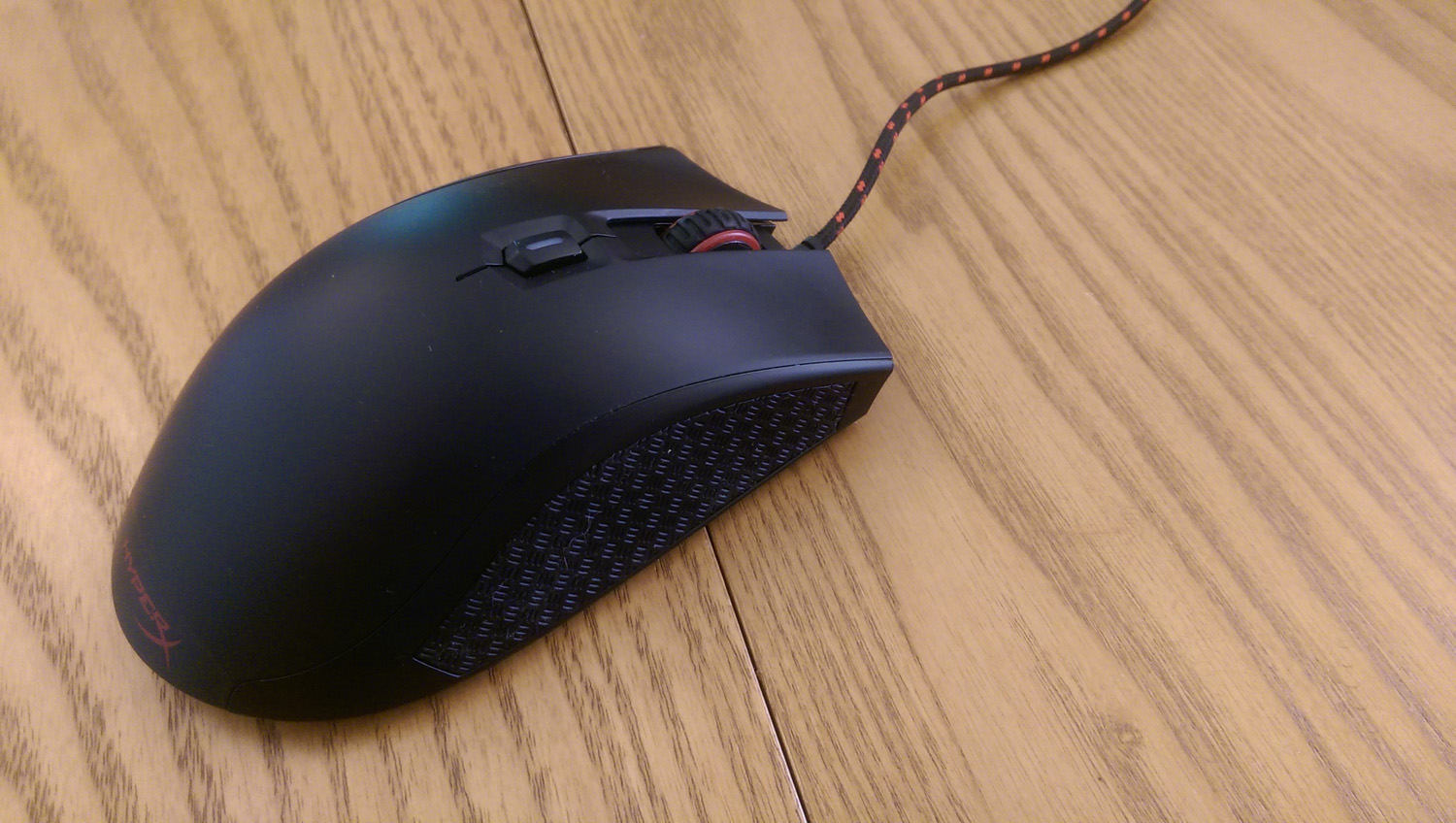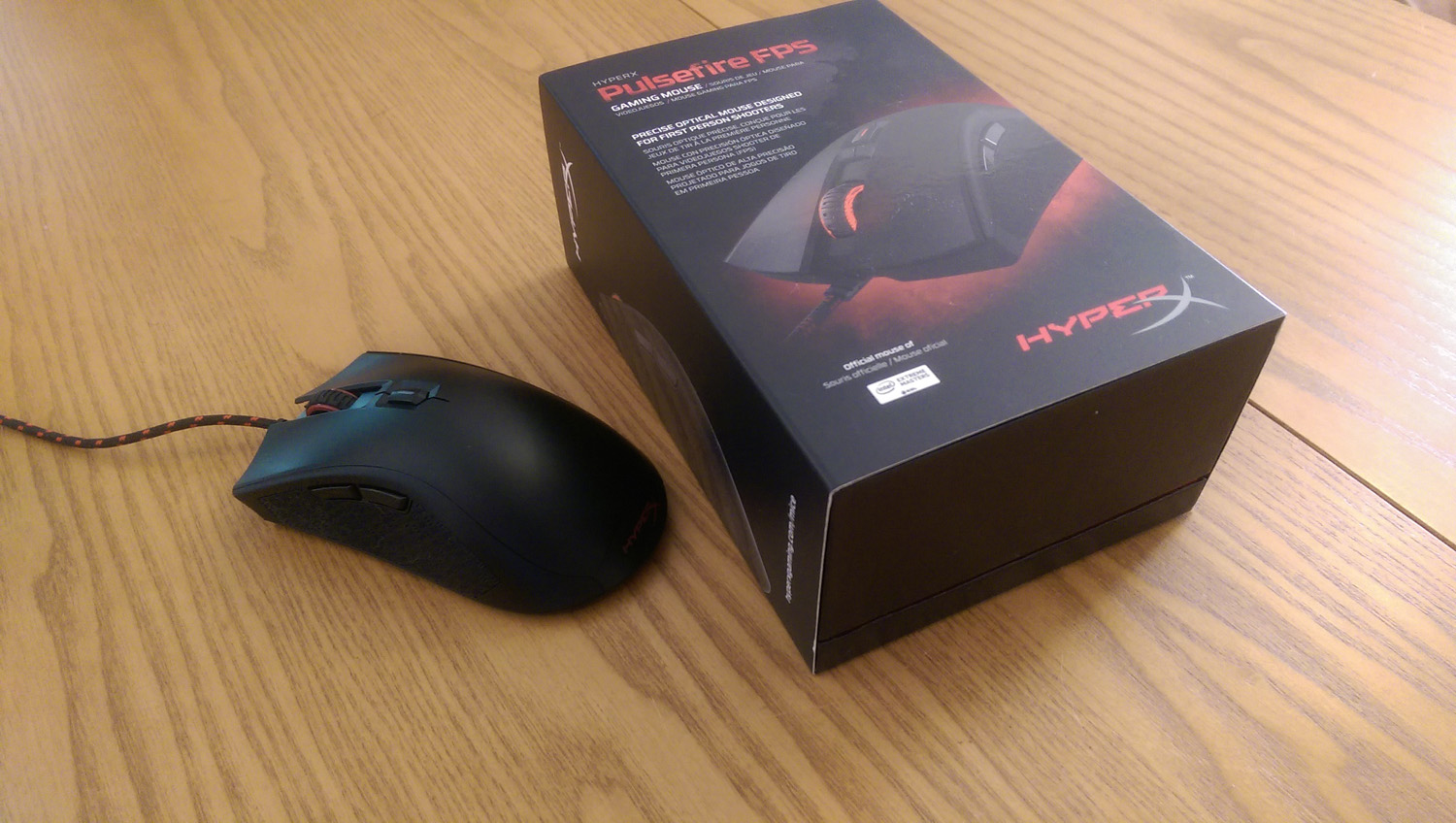While the general idea of built-in DPI settings is a good one, I do see some issues with how it’s implemented in the Pulsefire. When I first set up the mouse, I found that I originally desired a DPI setting that was somewhere between 800 and 1600. I eventually settled on 800 (and am now accustomed to it), but I can see some people not wanting to compromise if their preferred DPI setting is between the four intervals. More pre-set options could certainly improve this; I think changing it from 6 to 4 would be perfect. The second issue is that the DPI settings only cycle one direction. One of the advertised perks of the DPI presets is the ability to switch between them with ease, for a purpose such as switching to 400 DPI when lining up a snipe shot. Functionally, I didn’t find that to be viable. Since I’m on the 800 DPI setting, if I wanted to use the 400 DPI setting to snipe, I’d have to hit the button three times with my pointer finger. This is extremely awkward, and in my case would probably just get me killed. To improve on this, I’d probably suggest either changing the DPI button to two buttons (one for cycling the presets forward and one for cycling them backwards), or implementing a dedicated low-DPI snipe button, like I’ve seen in some FPS mice. In either case, I’d recommend moving them to a more easily accessible position (perhaps on the left side of the mouse), so I could keep my fingers on both the left and right mouse buttons while adjusting DPI.

To compare, the mouse I swapped out for the Pulsefire was the Corsair Vengeance M90 (a mouse geared towards MMO players). I loved the Vengeance M90 (as evidenced by the fact that I used it nearly exclusively for over 4 years), but I’ll be retiring my old mouse in favor of the Pulsefire for a few reasons. The first, and most obvious, reason is that the mouse wheel is dying to the point of being unreliable. The other reasons are more oriented towards preference. Over the past couple of years, I’ve been playing MMOs less and less and the games I’m playing the most right now don’t require extra mouse buttons. Without having those buttons as a consideration, the Pulsefire wins out over the Vengeance M90 in how it maneuvers; it’s both lighter and exhibits much less surface resistance. The Vengeance M90 comes with software that allows you to set up custom profiles, complete with any DPI setting you desire; however, that software is quite clunky, and since I’ve adapted to one of the Pulsefire’s DPI presets, the Vengeance M90’s software holds no advantage for me. If I go back to playing an MMO on a regular basis, I might seek out a complementary mouse with more buttons and corresponding software to map all those buttons, but for FPSs and MOBAs, I’m quite satisfied with the Pulsefire.

Taken as a whole, the Pulsefire has a very good exterior design and it implements its goal (i.e. to be an affordable, yet quality, plug-and-play FPS gaming mouse) rather well. Peripheral customization software, especially for mice, can be finicky and frustrating, so I completely endorse the pursuit of peripheral designs that can find a way to leave them in the past. The Pulsefire’s execution in this, however, isn’t entirely without flaw. Some changes pertaining to the DPI button presets and placement could truly elevate this mouse to excellent, and I hope they might be considered for a later model. In its current state, the Pulsefire is still a very solid choice for gamers who are looking for a comfortable, responsive mouse that’s lean on features, but won’t require any customization fiddling. If you fit that demographic, then the $50 asking price is entirely worth your while, but it’s less ideal for gamers looking for a lot of customization options. I’m truly excited to see how HyperX chooses to expand its mouse line, because the Pulsefire is a strong first entry in the crowded and competitive mouse market.
A review unit of the HyperX Pulsefire FPS Gaming Mouse was provided to us for review by HyperX.
